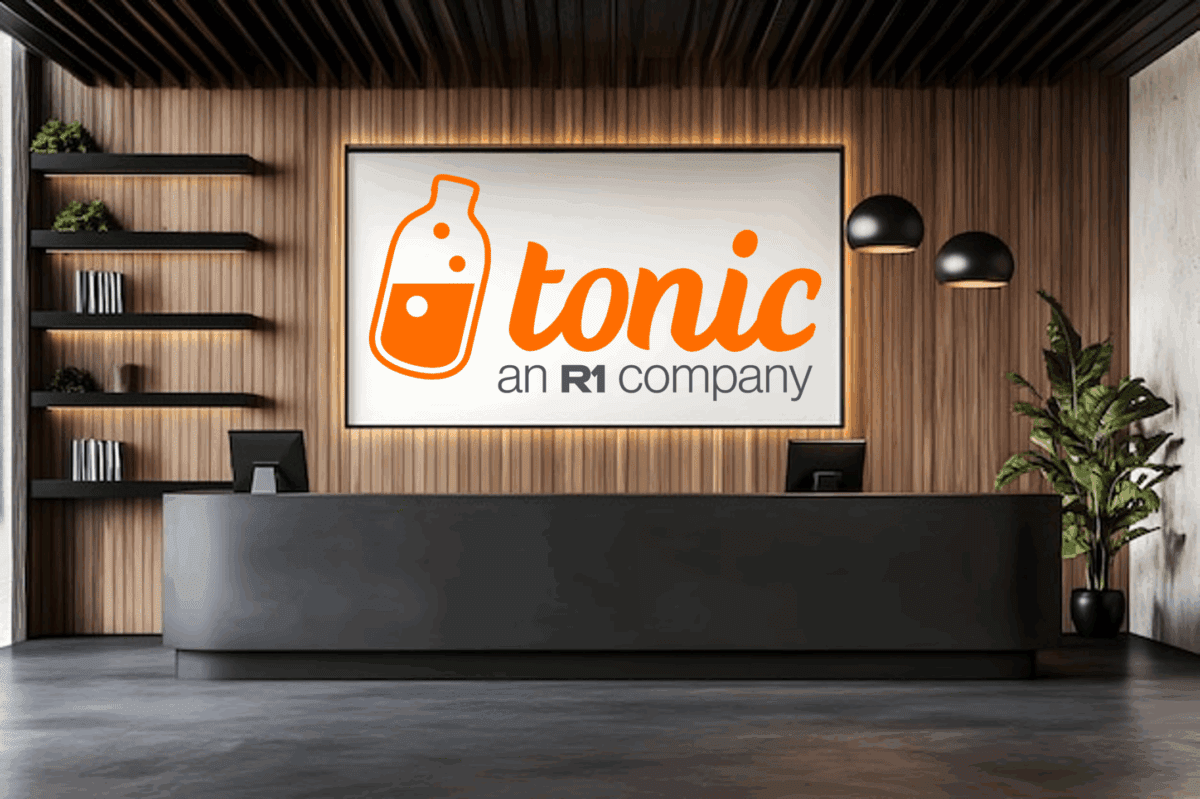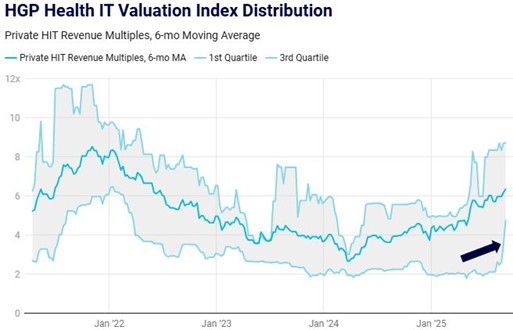After Projected Resurgence, Health IT Market Navigates Uncertain Landscape
While the JP Morgan Healthcare Conference in January 2023 predicted a market rebound in the second half, a year later, the reality is different. Stubbornly high interest rates and inflation continue to be the primary obstacles. At the beginning of 2024, expectations were for six interest rate cuts, but those have been revised down to two due to persistent inflationary pressures.
HGP’s Observations of Current Health IT Market Dynamics:
- Tepid but Increased Sell-Side Activity: Many private equity-backed platforms are entering the market as sellers. The success of these transactions, particularly bellwethers, will signal a potential resurgence in M&A activity. Summer months may provide clearer visibility into these deals.
- Rising Buyer Demand: More buyers are entering the market, leading to increased demand for acquisitions.
- Quality Sellers Have Leverage: There are fewer sellers overall, creating a situation where high-quality sellers benefit from strong interest due to the supply-demand imbalance.
- Capital Structure Matters: Buyers with strong capital structures and those not burdened by excessive debt are in a more competitive position.
- Profitability Reigns Supreme: Companies with financial losses struggle to attract high valuations unless they demonstrate strong and consistent revenue growth, high margins, and manageable cash burn.
- Overfunded Companies Seek Creative Solutions: Companies coming off high watermark valuations are exploring structured transactions, like Transcarent’s $125 million Series D with a rumored (according to Business Insider) 2.5x preference, to maintain inflated valuations from the COVID era.
- Regulation Lag Hinders Growth: The prolonged absence of significant regulatory changes is hindering growth opportunities in the health IT market.
- Cybersecurity in Focus: The Change ransomware attack disrupted the revenue cycle market for many players. While it created challenges, it also presents long-term opportunities for some. Additionally, cybersecurity will receive greater scrutiny during M&A and investment due diligence.
- Pent-Up Demand for Deals: The private equity slowdown, resulting in 18-24 months of sluggish deal flow, has created a significant backlog of capital and liquidity needs. This pent-up demand could lead to a surge in transactions when market conditions improve.
- Public Market Performance: While public company valuations in health IT are struggling, they are largely considered irrelevant for setting private company valuations. However, falling share prices of Phreesia, R1 RCM, Teladoc and Health Catalyst cannot be ignored.
- Divestitures on the Rise: With PE shifting away from a growth at all costs mindset and companies looking to optimize operations with renewed attention on core business activities, carveouts have been on the rise and viewed as an attractive opportunity for PE funds and their portfolio companies.
- FTC Announces Ban on Non-competes: The FTC’s ban on non-competes is expected to generate thousands of new businesses, raise compensation, lower healthcare costs, and boost innovation but faces legal challenges and adds uncertainty to dealmaking.
- Shifting Market Focus – Life Sciences Outpaces Hospitals: While Kaufman Hall reports improving hospital margins, the hospital purchasing environment faces ongoing challenges. In contrast, the life sciences sector is experiencing a surge in demand, as evidenced by market anecdotes on the pharma purchasing environment. This suggests a shift in investor focus, at least temporarily, with life sciences offering more attractive opportunities compared to hospital-facing assets.


